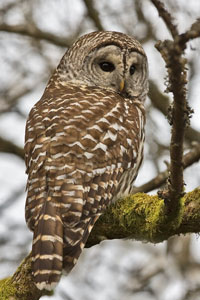 |
Wildlife Module |
|
|
Introduction to the Wildlife ModuleEnvironmental Education & Research: Learning and Working Together 
There are not enough professionals, time, nor funding to conduct an inventory of all the nation's flora and fauna. Long-term monitoring projects are scarce. However, it is without refute that children know where to find snakes and frogs. Many can identify birds in their neighborhoods. Children's unlimited curiosity and energy can be focused into educational and fun environmental projects. People observe wildlife every day. The range of interest and size of conservation groups is immense, from small grass-roots projects to international organizations. The public has a wealth of knowledge, wants to make a difference in their world, and is willing to assist natural resource professionals and land managers. Many professionals and managers have not wanted the public's assistance, but that is changing. Resource agencies are charged by citizens of the state to manage resources for a sustainable future. Resource agencies have the option of using regulation and education, but can rarely achieve their mission through regulation alone. Education can help meet the mission by educating and enabling the citizens to participate in what a resource agency does. The NatureMapping Program has become a key to fulfilling the resource agencies education mission while meeting formal education plans. The NatureMapping Program is an hands-on environmental education & research program that is growing and evolving. The Wildlife Module and Guidelines is the first of seven. Water, Fish, Habitat, Insects, Climate, are all relevant to the last and the primary focus of The NatureMapping Program, Biodiversity. The Wildlife Data Collection and Monitoring Guidelines have been updated to assist three types of NatureMappers:
Wildlife home > |

Sitemap | Contact Us |
|